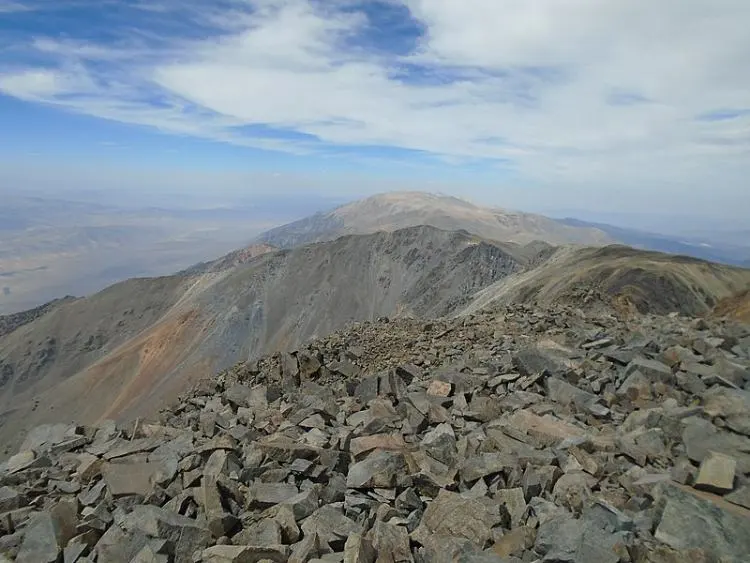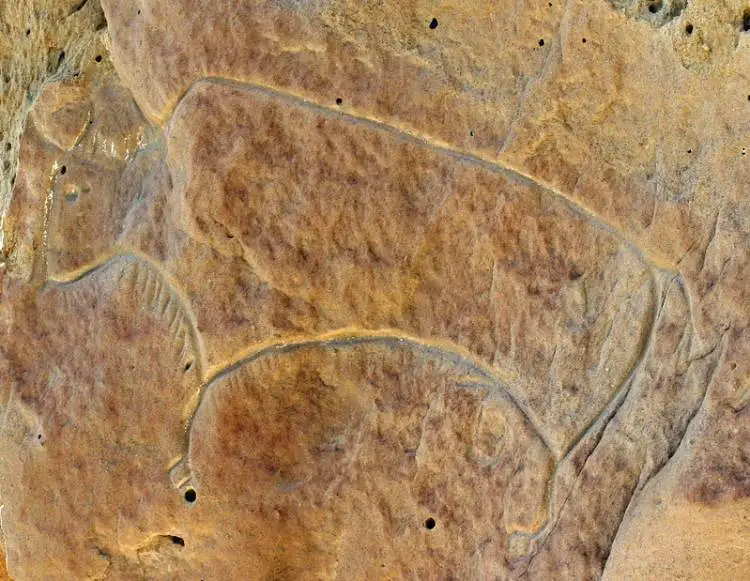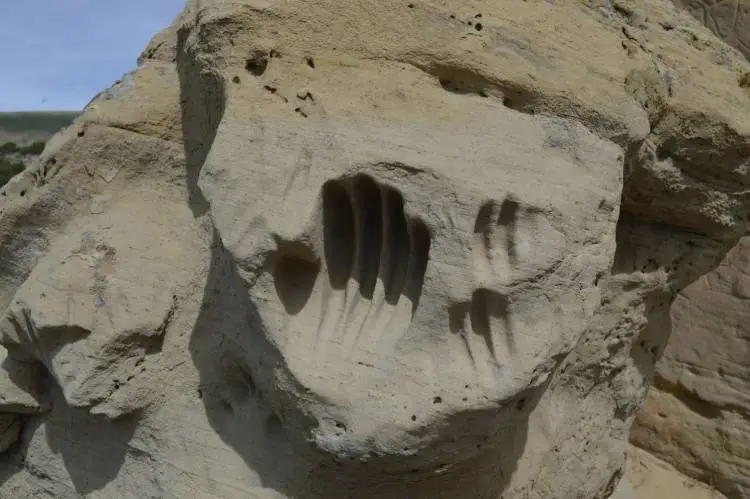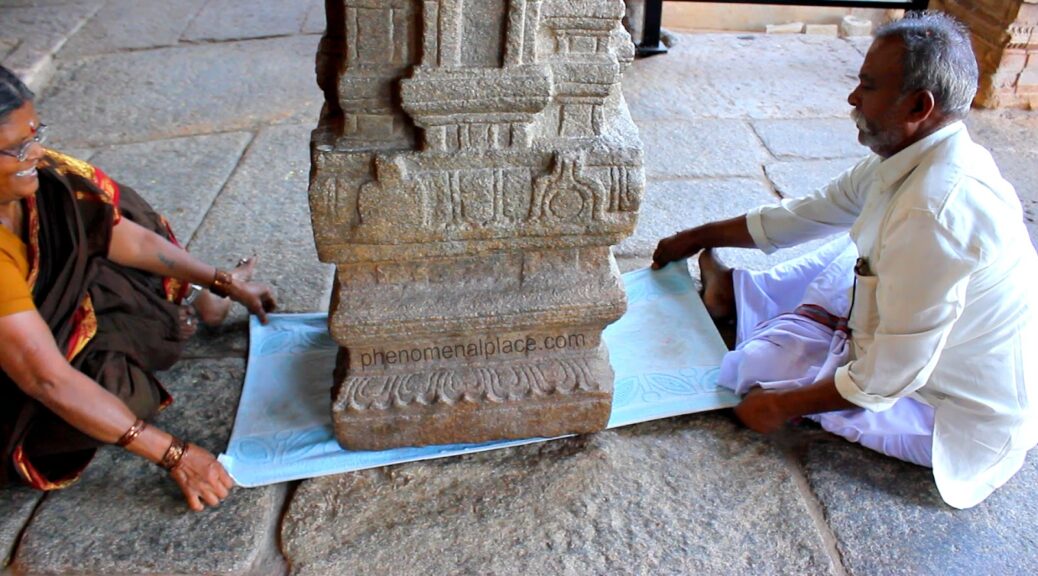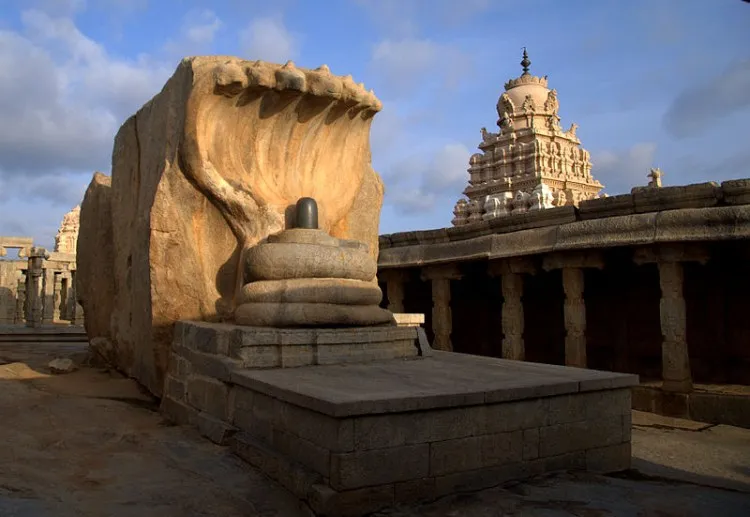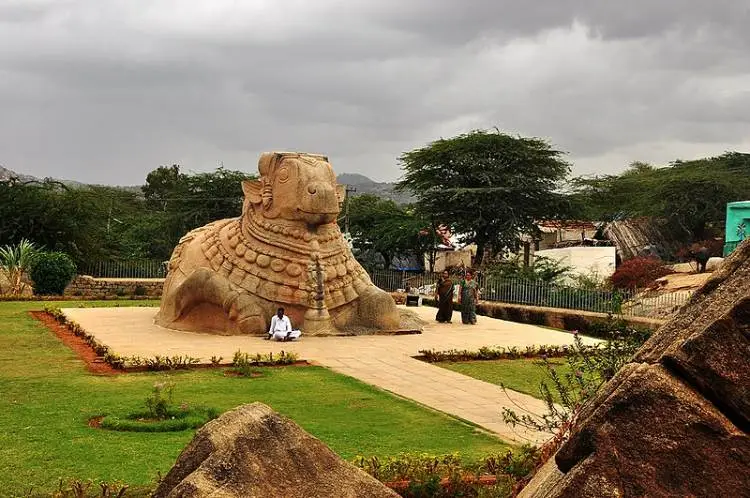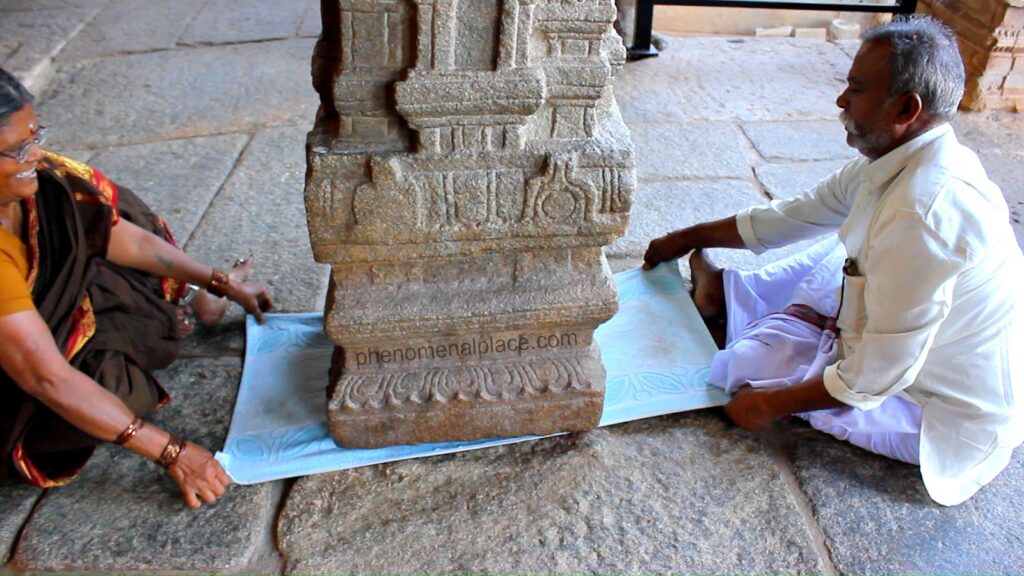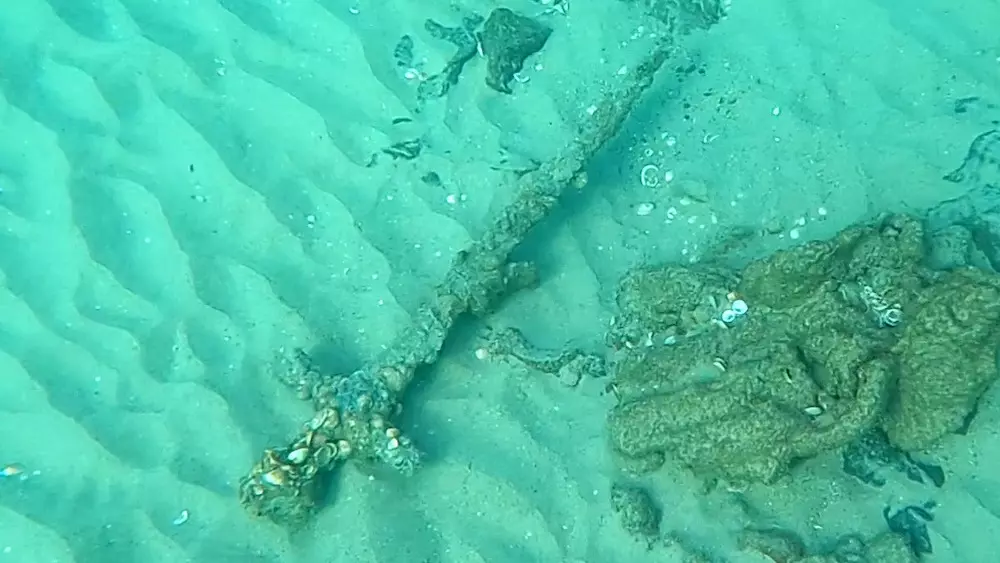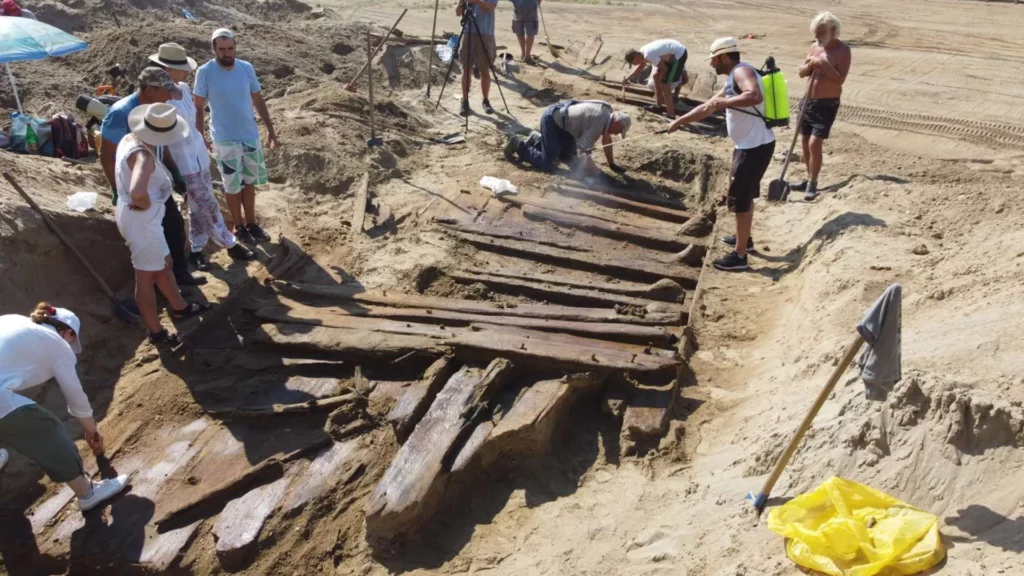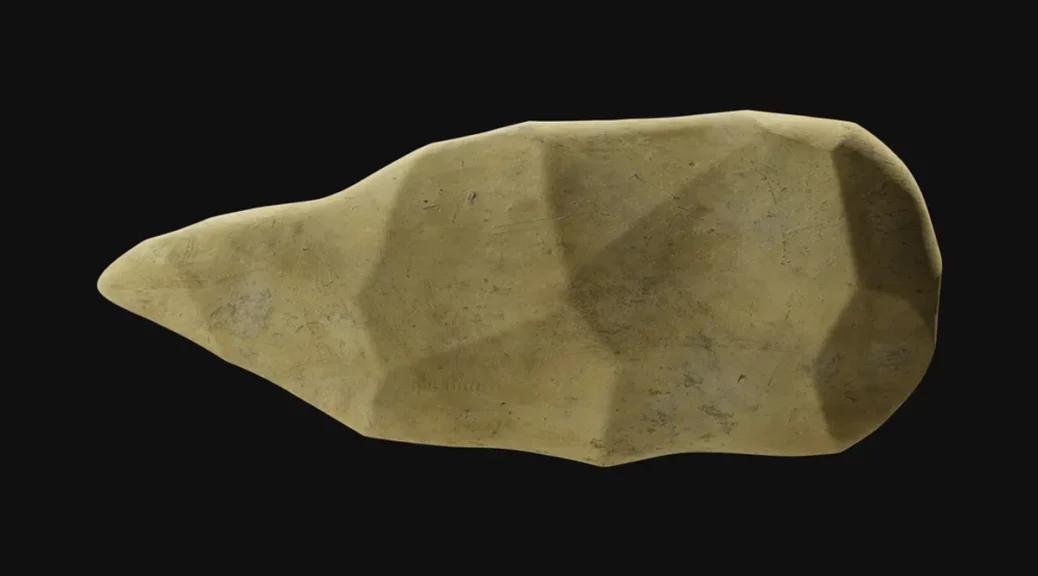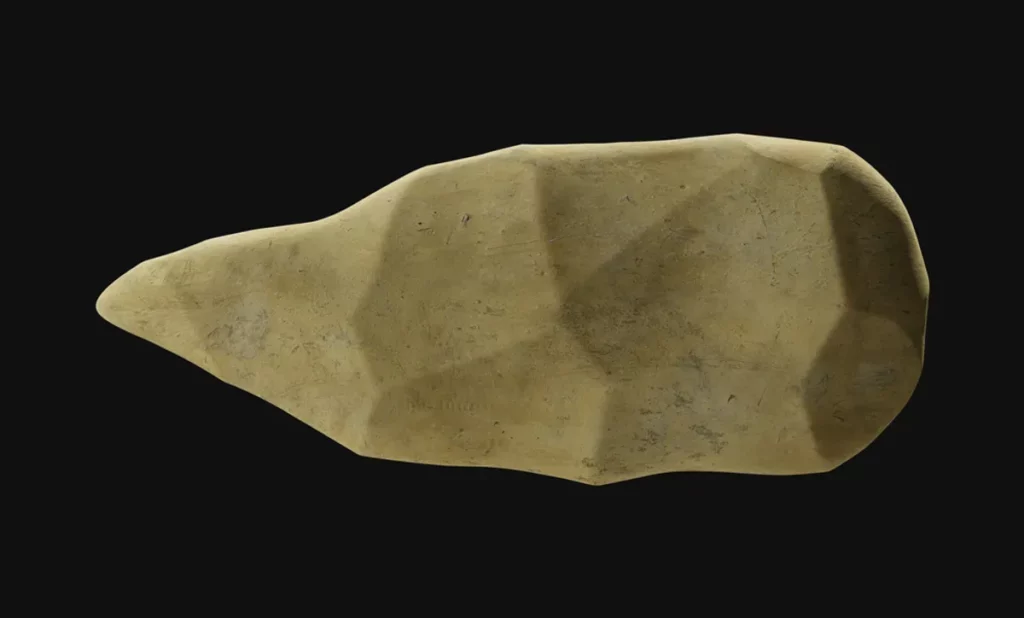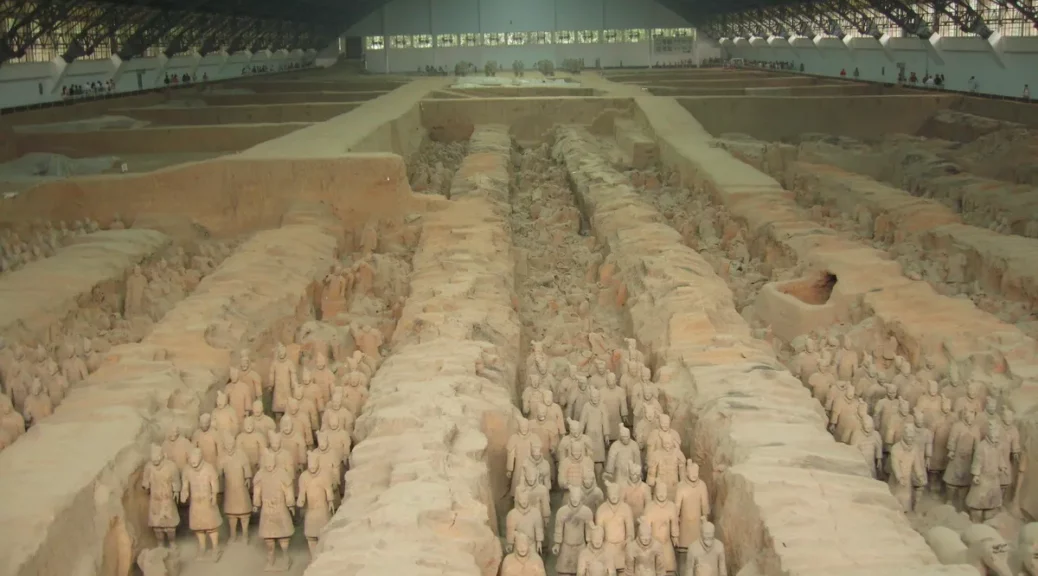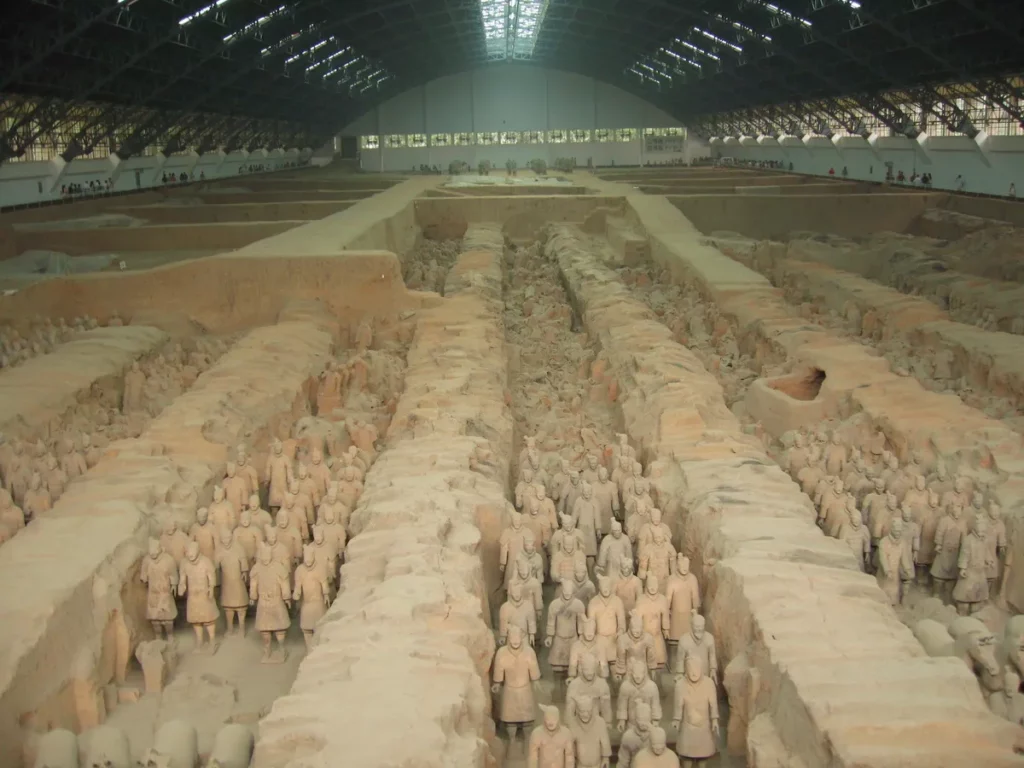A Library Discovered Behind a Wall in the Sakya Monastery Has 84,000 Unread Manuscripts!
In 2003, an ancient library was discovered, hidden behind a wall inside the Buddhist Sakya Monastery. The Sakya Monastery stands in the Tibet Autonomous Region, in the Southwestern part of the People’s Republic of China. Located around 300 miles west of Lhasa, Tibet, Sakya remains one of the foremost centers for Tibetan Buddhism and learning.
With more than 80,000 untouched manuscripts, this library was safely tucked away behind a wall. Historians suggest that this was probably to protect it from Chinese Communist attacks. This enlightening historical discovery can reveal a lot about the history of the region!
Let us unravel some truthful and not-so-truthful facts about the Sakya Library.
The Sakya Library, with 84,000 manuscripts, dates back 10,000 years – fact check.
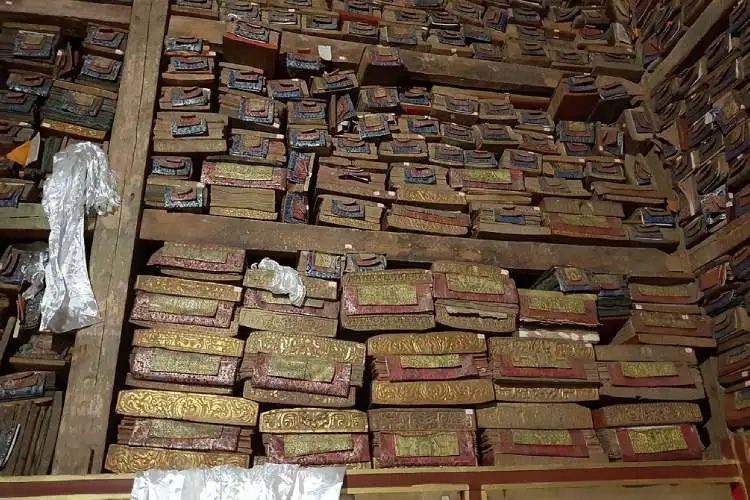
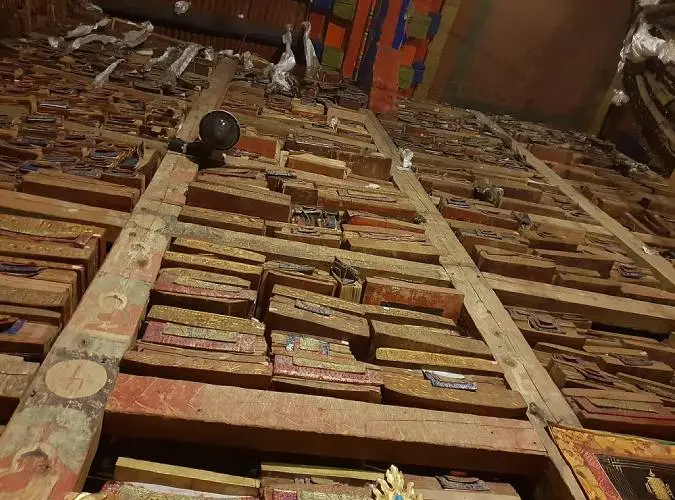
Most social media posts and articles mention that the library has 84,000 manuscripts that contain 10,000 years of human history and secrets of ancient civilizations. Since then, many scholars and experts have come forward to clarify the claim.
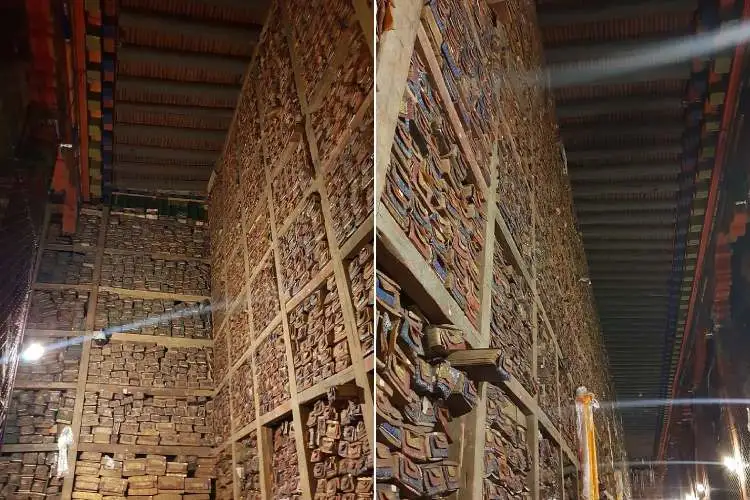
They all believe that 10,000 years would predate the earliest recorded writing in human history. According to an editor and researcher for the Ancient History Encyclopedia, Joshua J. Mark, the oldest known written literature is the Epic Poem of Gilgamesh, the great Sumerian work that dates back to 2150 to 1400 BCE. This fact has also been corroborated by other experts and scholars who all agree that the oldest written work in human history was indeed invented in Mesopotamia by the Sumerians. That was around 5,500 years ago. Therefore, the 10,000 years claim is unlikely to be true.

The manuscripts, or paper on which these scrolls are written, are unlikely to be as old as 10,000 years. Ancient Egyptian scrolls on papyrus are around 5,000 years old. Also, the paper was first discovered in China only around 2,000 years ago.
The fact that this secret library contains 84,000 manuscripts was verified by a few news agencies. The Congressional-Executive Commission on China mentions on its website that there are 80,000 volumes in the collection of centuries-old texts at Sakya Monastery. Therefore, 84,000 manuscripts do not seem to be far-fetched, and this could very well be true.
The Sakya Library has a book that weighs 1,102 pounds.

The Commission also mentions that the books are stacked in 200-foot-long and 30-foot-high racks in near complete darkness in a storage facility that is 250 feet from the monastery’s main hall, in a chamber behind the main altar. However, all these books were untouched and remained in one place for hundreds of years. Therefore, it will still take a lot of time for experts to go through all of them. But the work has started!
Most of the books in the Sakya Library are Buddhist scriptures. They are handwritten in Chinese, Tibetan, Mongolian, and Sanskrit. The books also include works of literature, astronomy, mathematics, art, agriculture, history, and philosophy. Interestingly, the Sakya Library is known to have a scripture that weighs more than 1,100 pounds.
The Tibetan Academy of Social Sciences (TASS), the leading organization responsible for all of the Tibetan Digital Library’s fieldwork in the Tibet Autonomous Region, examined the Sakya Library in 2003. TASS is still checking and categorizing the huge collection of books and palm-leaf manuscripts in the library. As of 2022, all the books are indexed, and more than 20% of books have already been digitized.
Historical accounts describe books written in gold letters, bound in iron.
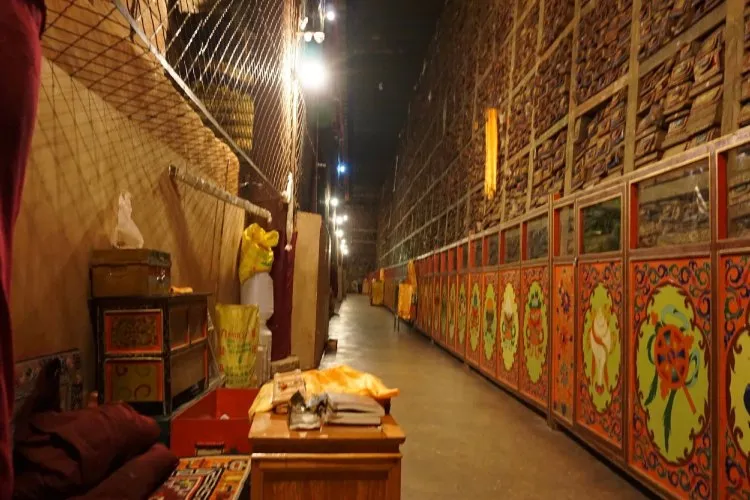
Even before the new hidden library was discovered in 2003, Sakya Monastery always had a rich collection of scriptures. Sarat Chandra Das was an Indian Scholar of the Tibetan language and culture who journeyed to Tibet in 1879 and 1881. He writes in his account that there are volumes written in gold letters in the Sakya Library. Some manuscripts are six feet long and 18 inches in breadth. There are books with illuminated margins and also books bound in iron. Some are even adorned with images of a thousand Buddhas. Such fascinating, rich accounts of the Sakya Library make the place even more enigmatic. According to historians, these extraordinary manuscripts were made under the direct orders of emperor Kublai Khan and presented to the fifth leader of the Sakya School of Tibetan Buddhism, Phagpa Lama.
A Very Brief History of the Sakya Monastery
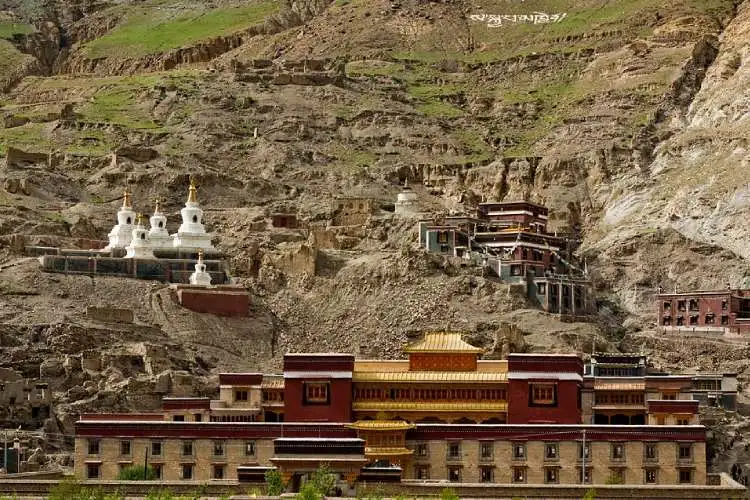
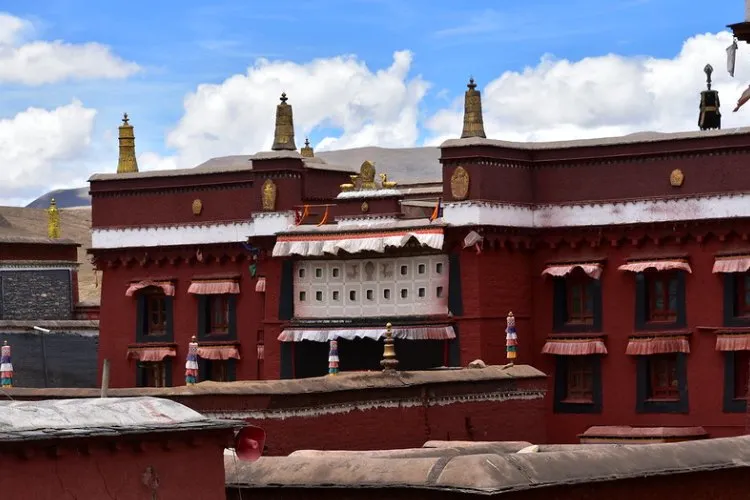
Sakya monastery, a pious place of worship, is a hidden treasure trove in the barren mountains. It is a seat of the Sakya sect of Tibetan Buddhism, situated in the Tibet Autonomous Region, around 78 miles west of Shigatse.

The northern part of the monastery, built in 1073 CE, was grand, with over 100 buildings. It was built by Khön Könchok Gyalpo, a Nyingmapa monk from the powerful Tsang family. He became the first Sakya. The southern monastery was founded in 1268 CE across the Zhongqu River, which separated the southern part from the northern one. It was colored red, white, and gray in honor of the three Buddhist Tulkas. But, most of this southern monastery was burned down in the 16th century and restored only in 1948.
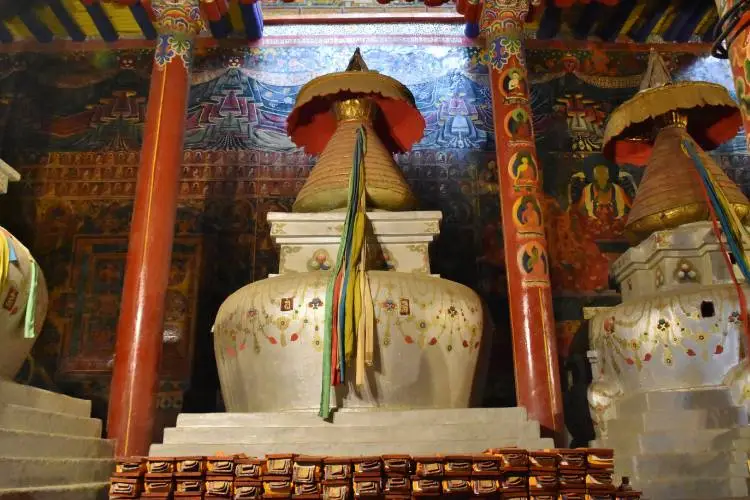
After the Lhasa uprising in 1959, which intended to protect the 14th Dalai Lama from the Communist Party of China, most of the monks fled the monastery. However, during the Cultural Revolution in 1966, the northern monastery was totally destroyed. What remains now is a two-story hall overlooking the southern monastery. It is said that the Sakya Library was spared at the behest of Premier Zhou Enlai. It was rebuilt only in 2002.

Today, most experts believe that the Sakya Library is the largest surviving account of the history of the Tibetan areas of China and therefore holds immense importance.

